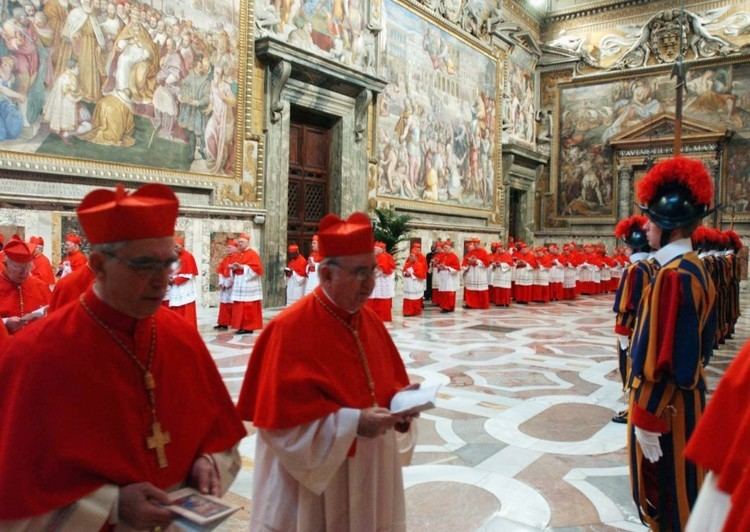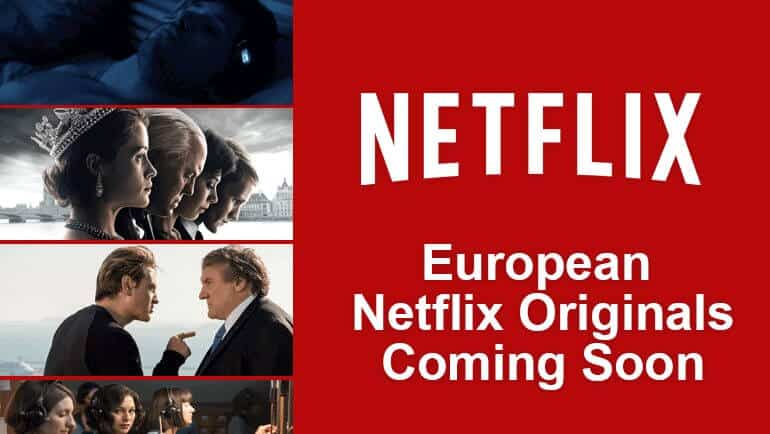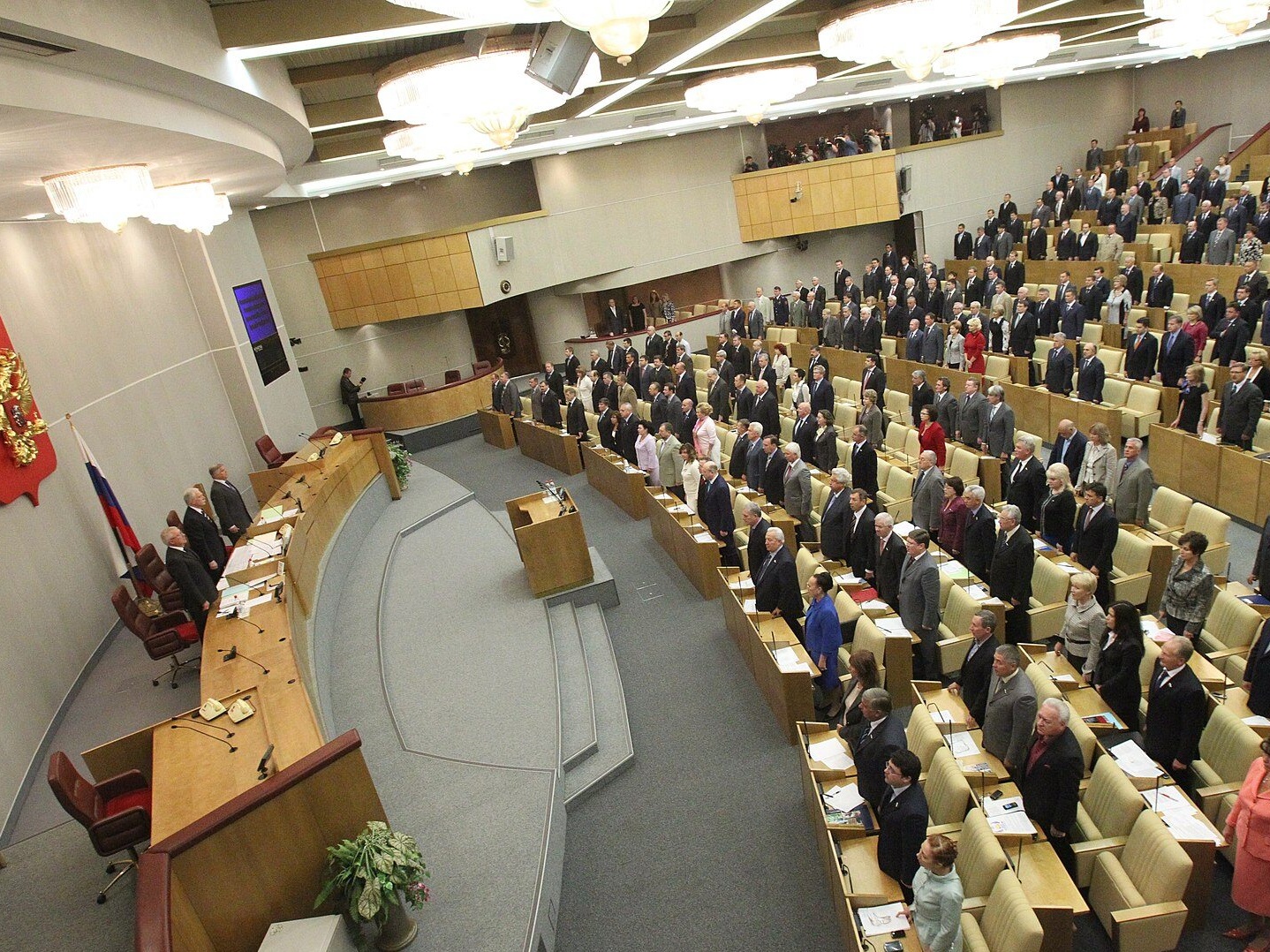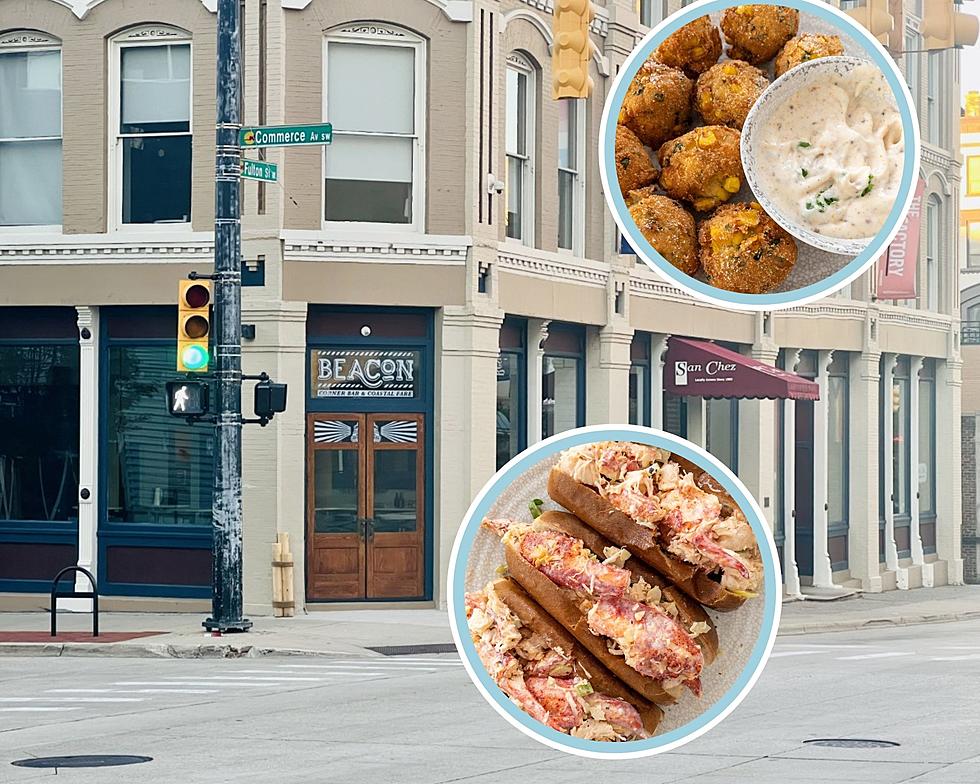The Papal Conclave: A Detailed Explanation Of The Election Process

Table of Contents
The Pre-Conclave Preparations
Before the Papal Conclave can begin, several crucial steps must be taken. These preparations lay the groundwork for the election process and ensure a smooth transition of leadership within the Church. The process begins with the death or resignation of the reigning Pope. This event triggers a period of mourning and reflection within the Catholic community.
The College of Cardinals, the body responsible for electing the new Pope, plays a central role throughout this period. Their responsibilities include overseeing the arrangements for the Conclave and ensuring its smooth operation. The preparation phase involves several key actions:
- The announcement of the Pope's death/resignation: This announcement is made officially by the Cardinal Camerlengo, who also takes charge of the Vatican until a new Pope is elected.
- The period of mourning and reflection: A period of mourning and prayer follows the announcement, allowing time for the global Catholic community to reflect and prepare for the Conclave.
- The summoning of the Cardinals to the Vatican: Cardinals from around the world are summoned to Rome to participate in the Conclave.
- Preparation of the Sistine Chapel: The Sistine Chapel, the historical and traditional venue for the Conclave, undergoes preparation, including security measures and the setting up of voting booths.
The Seclusion and the Process
The Papal Conclave is characterized by strict secrecy and isolation. Once the Cardinals enter the conclave, they are completely cut off from the outside world. This seclusion is designed to facilitate focused deliberation and protect the integrity of the election process. The process itself is meticulously regulated and highly ritualistic.
The voting process involves secret ballots, scrutineers who count the votes, and the symbolic burning of the ballots to indicate the progress of the voting. The significance of maintaining secrecy is paramount.
- The oath of secrecy sworn by the Cardinals: Before the voting begins, each Cardinal takes a solemn oath to maintain absolute secrecy regarding the proceedings of the Conclave.
- The process of voting and ballot counting: Cardinals cast their ballots individually and secretly. The ballots are then collected and counted by the scrutineers.
- The role of the scrutineers and their responsibilities: The scrutineers, elected by the Cardinals, meticulously count the votes and verify the results. Their role ensures transparency and accuracy in the process.
- The significance of the white and black smoke signals: White smoke signals the election of a new Pope, while black smoke indicates that no candidate has yet achieved the required two-thirds majority. This simple visual cue informs the world outside about the progress of the Conclave.
The Election and Papal Inauguration
Once a candidate receives the required two-thirds majority vote, the election is confirmed. The announcement of the new Pope, the electrifying "Habemus Papam!" ("We have a Pope!"), marks a significant moment, and celebrations erupt both inside and outside the Vatican. The newly elected Pope then assumes his responsibilities, beginning with his first address, the "Urbi et Orbi," to the city of Rome and the world.
Following the announcement, several ceremonies and events take place.
- Confirmation of the election and the announcement: The result is officially declared, usually from the balcony of St. Peter's Basilica.
- The new Pope's first address ("Urbi et Orbi"): The newly elected Pope delivers his first address, setting the tone for his papacy and addressing the faithful worldwide.
- The Papal Inauguration Mass and the beginning of the pontificate: A formal inauguration Mass is held, officially installing the new Pope as the head of the Catholic Church.
History and Evolution of the Papal Conclave
The process of electing a Pope has evolved significantly throughout history. Early forms of Papal elections were often tumultuous and influenced by political factors. Over time, reforms aimed at streamlining the process and increasing its impartiality were introduced. Significant changes to the rules and regulations have been made throughout the centuries.
- Early forms of Papal elections: In the early centuries of the Church, the election of the Pope was often a complex and sometimes contentious affair, influenced by powerful factions.
- Key historical reforms and modifications to the process: Several reforms, particularly during the Middle Ages and the modern era, aimed at improving the fairness and transparency of the Papal election.
- Examples of significant conclaves and their outcomes: Certain Conclaves throughout history have been particularly noteworthy due to their length, controversies, or the significance of the Pope elected.
Frequently Asked Questions (FAQs) about the Papal Conclave
Many questions surround the Papal Conclave, a process rich in tradition and significance.
- Who can be elected Pope? Only male Cardinals under the age of 80 are eligible to be elected Pope.
- What are the qualifications for becoming Pope? While there aren't strict, written-down qualifications, the Cardinals generally seek a candidate of impeccable faith, holiness, and leadership qualities.
- How long does a Conclave typically last? The duration varies, ranging from a few days to several weeks.
- What happens if there is a deadlock? If no candidate achieves the required two-thirds majority after several ballots, the process continues until a decision is reached.
Conclusion
The Papal Conclave, a complex and time-honored process, involves meticulous preparation, strict seclusion, a rigorous voting procedure, and a celebratory inauguration. The secrecy surrounding the Conclave is vital in ensuring impartial deliberation and preventing undue influence on the cardinals' decisions. The weight of selecting the leader of the global Catholic Church underscores the significance of each stage of this event. Understanding the intricacies of the Papal Conclave provides a deeper insight into the Catholic Church's leadership. Continue your exploration of this fascinating process by researching the history of significant Papal elections and the roles of the Cardinals in choosing the Pope. Further research into the evolution of the Papal Conclave and its historical context will reveal more about the evolution of this crucial aspect of the Catholic Church.

Featured Posts
-
 The Ripple Effect Trumps Endorsement And The Future Of Xrp
May 07, 2025
The Ripple Effect Trumps Endorsement And The Future Of Xrp
May 07, 2025 -
 Macrons European Netflix A Vision Taking Shape
May 07, 2025
Macrons European Netflix A Vision Taking Shape
May 07, 2025 -
 Zal Slavy Iihf Krikunov O Zaslugakh Ovechkina
May 07, 2025
Zal Slavy Iihf Krikunov O Zaslugakh Ovechkina
May 07, 2025 -
 Czy Polacy Ufaja Trumpowi W Kwestii Ukrainy Wyniki Nowego Sondazu
May 07, 2025
Czy Polacy Ufaja Trumpowi W Kwestii Ukrainy Wyniki Nowego Sondazu
May 07, 2025 -
 Wynns New Seafood Restaurant Plans Finally Unveiled
May 07, 2025
Wynns New Seafood Restaurant Plans Finally Unveiled
May 07, 2025
